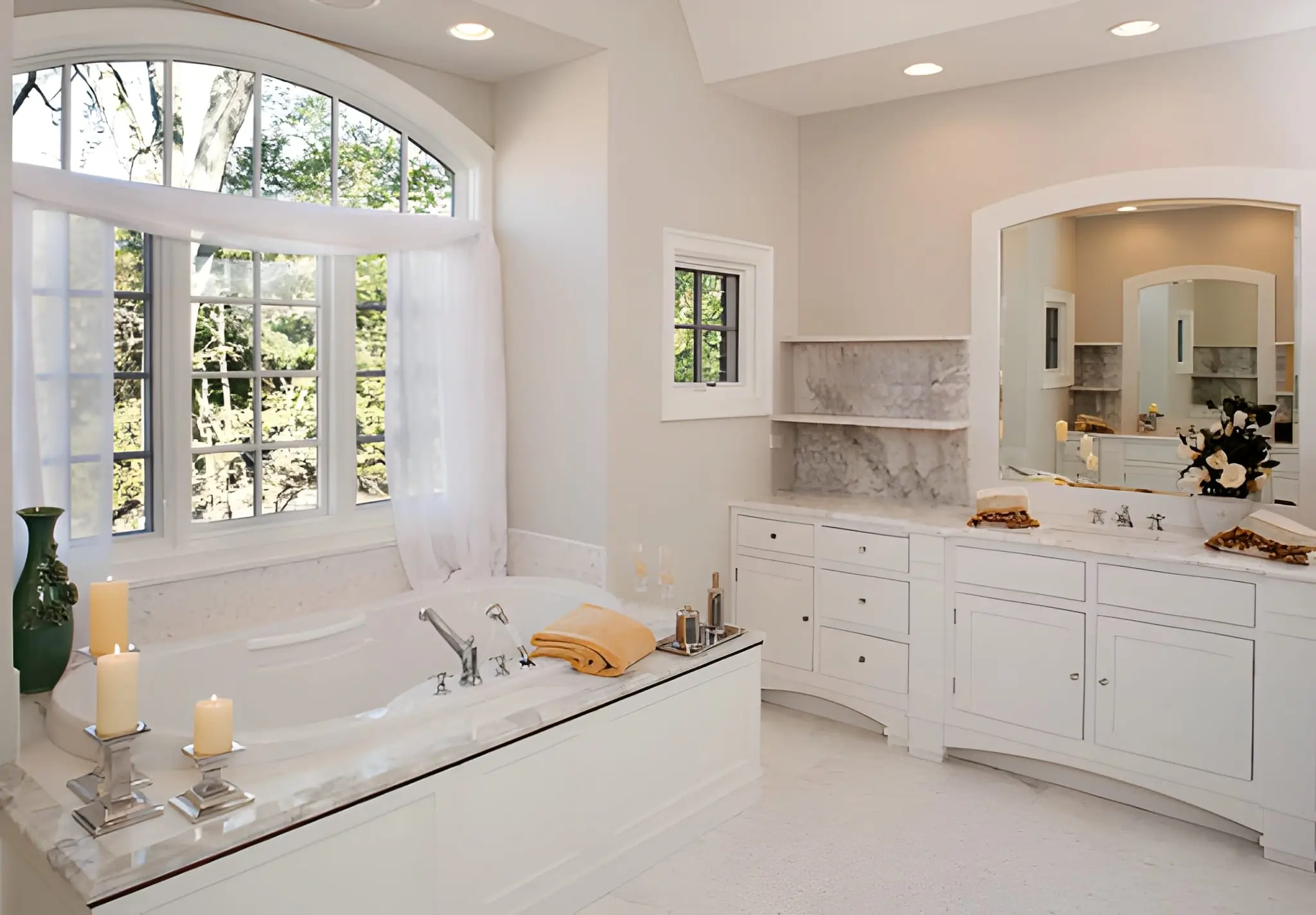How to Plan a Tailor-Made Bathroom Renovation From Start to Finish
Renovating a bathroom isn’t just about swapping out old tiles or upgrading a showerhead. It’s about creating a space that reflects your lifestyle, fits your daily routines, and adds comfort and value to your home. A tailor-made bathroom renovation gives you the freedom to go beyond generic layouts and instead design something that truly feels like you.
But where do you start? Let’s walk through the process step by step from the early planning stages to the finishing touches so you can feel confident and inspired as you transform your bathroom.
Understanding What You Need vs. What You Want
The first step in any renovation is to figure out the difference between your needs and your wants. Needs are the must-haves things like better ventilation if your mirror fogs up constantly, or additional storage if you’re tired of bottles cluttering the sink. Wants are the extras that make the space more enjoyable, like a freestanding bathtub or underfloor heating.
Think about your daily routine. Do you and your partner get ready at the same time? If so, a double vanity could save you a lot of frustration. Do you have kids who splash around during bath time? Durable, easy-to-clean surfaces will make your life much easier.
This step is similar to what businesses do when designing products for customers. A restaurant doesn’t just serve food; it considers customer flow, seating comfort, and even lighting to create an overall experience. Similarly, your bathroom should extend beyond its functional aspects and cater to your lifestyle needs.
Setting a Realistic Budget
Budgets might not be glamorous, but they are essential. A bathroom renovation can range from modest updates to full-scale luxury projects. Decide early on what you’re comfortable spending and build in a little extra for unexpected costs because surprises often pop up once work begins.
Here’s a practical example: Imagine you’re renovating a kitchen and discover outdated electrical wiring that isn’t up to safety standards. The same thing can happen in bathrooms, with plumbing or waterproofing issues hiding behind the walls. By planning for a cushion, you’ll avoid unnecessary stress.
When budgeting, break it down into categories such as:
- Fixtures (sinks, toilets, tubs)
- Surfaces (tiles, counters, flooring)
- Labor (installation, plumbing, electrical work)
- Extras (lighting, mirrors, heated towel racks)
This level of clarity helps you prioritize where to splurge and where to save.
Designing With Function and Style in Mind
Once you know your needs and budget, it’s time for design. This is where creativity and practicality meet. The key is to strike a balance between functionality and style.
Think about the layout first. If your bathroom feels cramped, consider relocating the shower to a different wall to free up space. If you have a window, consider how to maximize natural light.
Next comes style. Are you drawn to clean, modern lines with glass showers and neutral tones? Or do you prefer the warmth of natural wood and vintage touches? Pull inspiration from magazines, design apps, or even hotels you’ve stayed in. For instance, a boutique hotel might inspire you with its mix of sleek fixtures and cozy textures, reminding you that bathrooms can feel both luxurious and practical.
Choosing the right materials is equally important. Tiles, for example, not only set the tone visually but also affect durability and maintenance. Porcelain is low-maintenance, while natural stone adds elegance but requires more upkeep. If you’re eco-conscious, you might even explore recycled materials or water-saving fixtures, a small step that contributes to sustainable living, much like industries moving toward renewable energy sources.
Working With the Right Professionals
Even if you’re handy, a bathroom renovation is not usually a DIY project. Between plumbing, electrical work, and waterproofing, it’s a space where mistakes can become costly fast. This is why partnering with skilled professionals makes such a difference.
A good team can guide you through building codes, help with design choices, and ensure everything runs smoothly. Think of it like hiring an architect to design a bridge; you wouldn’t want someone who hasn’t mastered structural integrity to oversee something that needs to last decades.
When selecting experts, inquire about their previous projects, request references, and ensure they comprehend your vision. Collaboration is key; you don’t just want a builder, you want a partner in bringing your bathroom to life.
Step-by-Step Renovation Timeline
Here’s a simplified breakdown of how the process usually flows:
- Planning and Design – Map out your needs, style, and budget.
- Demolition – Remove old fixtures, tiles, and fittings.
- Structural Work – Update plumbing, electrical systems, or fix any hidden issues.
- Waterproofing – Essential for preventing leaks and long-term damage.
- Tiling and Surfaces – Lay down floors, walls, and countertops.
- Fixture Installation – Add sinks, showers, tubs, and toilets.
- Finishing Touches – Lighting, Mirrors, Shelves, and Décor.
Each stage is important, and while timelines can vary, setting realistic expectations will help the project feel less overwhelming.
Bringing It All Together
When you step into your newly renovated bathroom, it should feel like more than just a place to brush your teeth; it should feel like a personal retreat. By planning thoughtfully, sticking to a budget, balancing style with functionality, and working with professionals, you can achieve a tailor-made result that fits both your needs and your dreams.
If you’re ready to take the next step toward a customized bathroom that suits your lifestyle, click here to explore options and get inspired.
And remember, like any great project from building a skyscraper to developing modern technology, success comes from a strong foundation, careful planning, and the right team guiding the process.
Read more: How DUI Laws Shape Safe Driving Habits – SizeCrafter
Creative Strategies to Sell Your Home Fast – SizeCrafter
Crafting Digital-First E-Commerce Strategies in Finance and Healthcare – SizeCrafter

